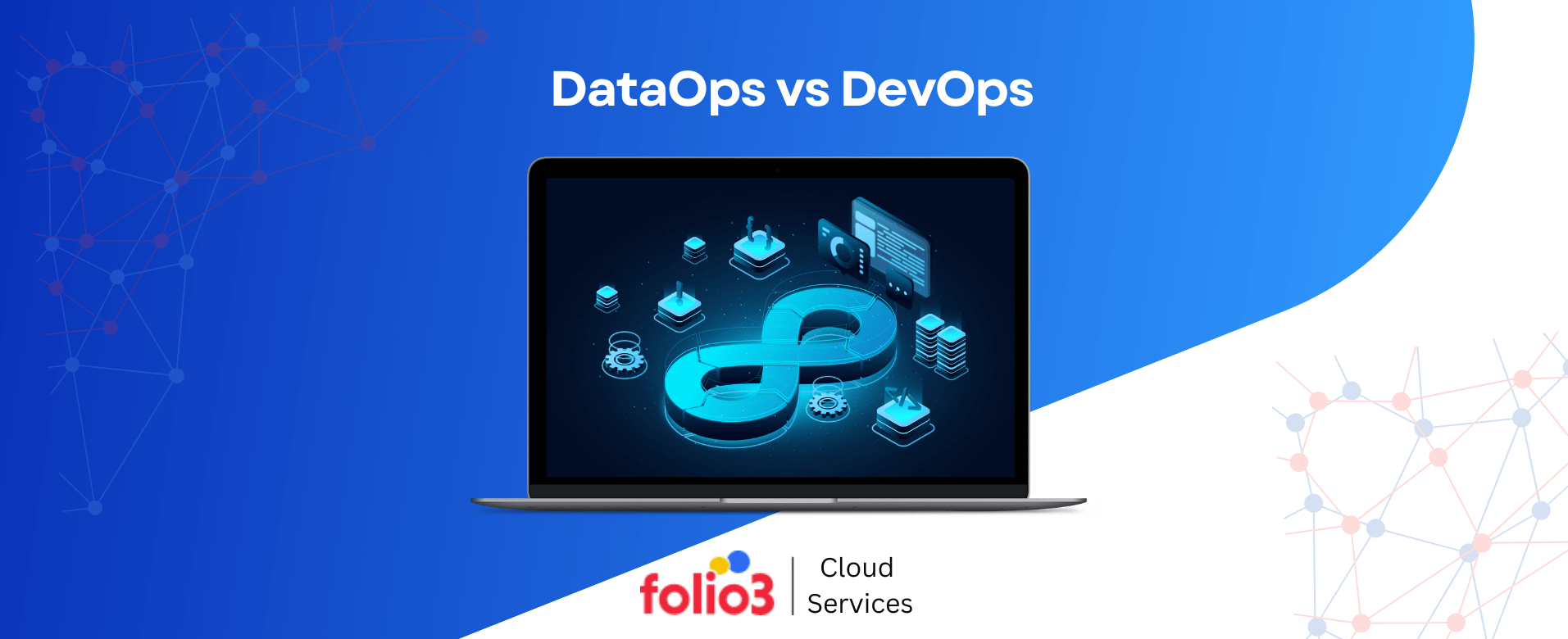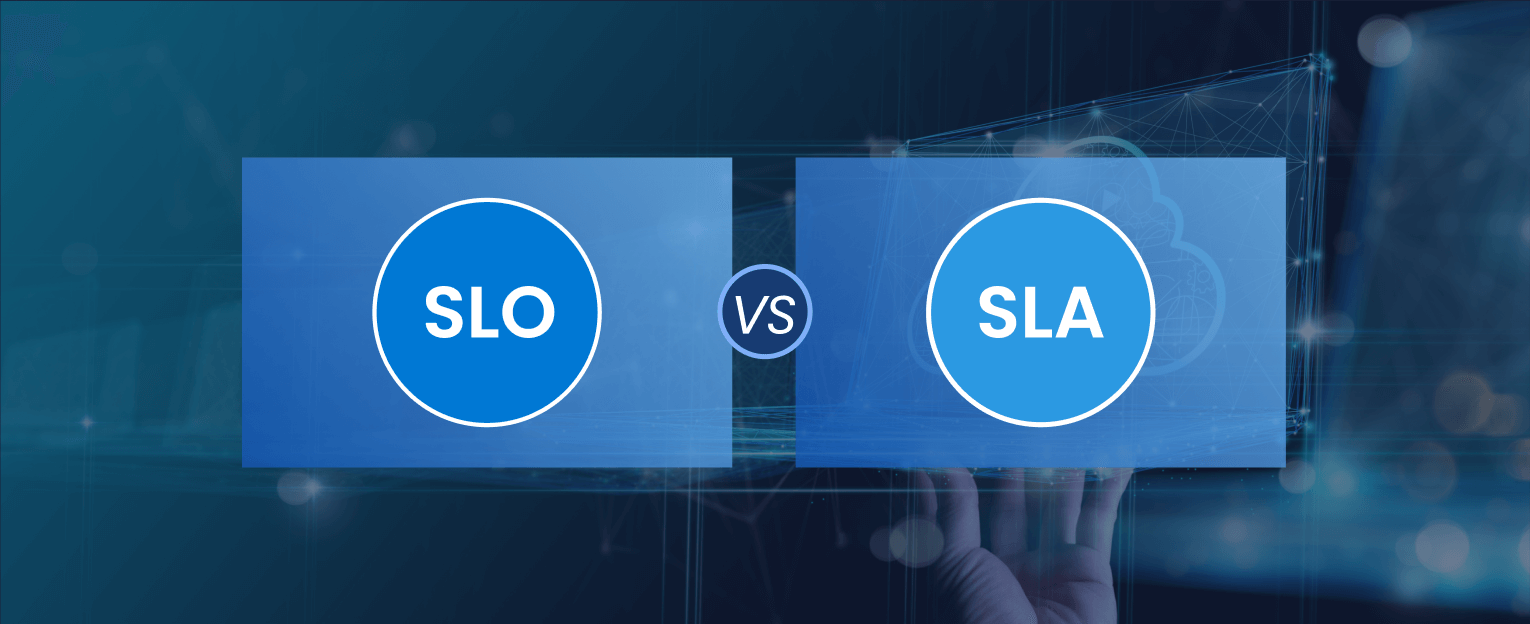Data security is critical in the current digital world because data can be considered an organization’s lifeblood. Cloud computing is widely used today, and one of the most prominent players in the market is Amazon Web Services (AWS).
AWS provides services for hosting applications, storing data, and managing business processes. However, the scalability and flexibility offered by the AWS cloud environment come at the cost of severe security concerns.
Understanding AWS security and implementing AWS security best practices is crucial for safeguarding sensitive information, maintaining regulatory compliance, and preserving customer trust.
Keep reading this blog to explore how to ensure your AWS infrastructure and protect your organization’s digital assets with confidence and resilience.
What is AWS Security?
AWS security continues to be a collection of guidelines, standards, and technologies that apply to the infrastructure and data resources used in the Amazon Web Services environment.
Customers should never assume that the AWS cloud is secure unless they are familiar with the concept of shared responsibility, which states that AWS assumes responsibility for the cloud infrastructure.
In contrast, customers are responsible for their data, applications, identities, and configurations.
AWS offers many layers of security through the built-in tools and services it offers and manages to enable customers to secure their infrastructure.
Some examples of such services are IAM, network security and DDoS protection, data encryption and key management, monitoring and logging services, and control over compliance.

Boost Your AWS Cloud Security with Our Expert Best Practices
Protect your business with our expert AWS cloud security best practices. Learn how to prevent data breaches and secure your cloud infrastructure.
How Does AWS Cloud Security Work?
AWS security safeguards the underlying infrastructure that supports the various services and resources within the AWS Cloud ecosystem. This infrastructure encompasses the physical hardware, software components, networking infrastructure, and data centers that power AWS services.
AWS is responsible for managing and securing this infrastructure, which includes tasks such as patch management, configuration management, and maintaining the overall security posture of the cloud environment.
This involves continuously monitoring for vulnerabilities, applying patches and updates to mitigate risks, and ensuring that the infrastructure devices are configured securely according to AWS security best practices.
How Secure is AWS?
AWS indeed provides a robust security infrastructure, but both AWS and its customers must play their parts effectively in implementing and managing security measures.
The shared responsibility model is critical here, delineating the areas each party is responsible for securing.
AWS’s commitment to security is evident in its continuous investments in security measures, encompassing various controls, assessments, and compliance efforts.
These efforts ensure the protection of the underlying infrastructure and provide a solid foundation for customers to build upon.
For organizations transitioning from traditional on-premises setups to AWS, leveraging the security features offered by AWS can significantly bolster their overall security posture.
The platform provides many AWS security tools and features that surpass what’s achievable in on-premises environments, from automated patch management to robust encryption mechanisms.
AWS ensures a much safer cloud environment with multiple layers of security to manage the infrastructure, services – and customer data. Here’s an overview of some key aspects contributing to the security of AWS:
Physical Security
Physical security in AWS data centers is also taken very seriously. These facilities are monitored 24/7, and access to the data centers is limited.
Physical security keys and even door-mounted biometric readers are used alongside the extensive implementation of surveillance systems to prevent unauthorized access to the physical infrastructure.
Network Security
The company utilizes a multi-tiered model to protect and defend Amazon’s network. This model may include network isolation through segmentation, DDoS mitigation, traffic encryption, and Virtual Private Cloud (VPC).
Data Encryption
The in-transit and in-rest encryption options are highly effective and secured by Amazon Web Services. There are options for encrypting data in transit (including Transport Layer Security for TLS) and encryption for data at rest (such as with AWS Key Management Service).
Identity and Access Management (IAM)
IAM is used for customers and acts as the user access and the permission to access resources in AWS securely. It offers functionalities like multifactor authentication (MFA), identity Federation, role-based access control (RBAC), and defined access policies to apply the least privileges and authorize only authorized parties.
Security Compliance
AWS observes several industry and regulatory standards and certifications, including SOC 1, SOC 2, ISO 27001, HIPAA, and GDPR. These certifications help demonstrate AWS’s dedication to ensuring that its operations’ security and compliance are regulated at optimum levels.
Security Monitoring and Logging
This includes various services provided by AWS, such as Amazon CloudWatch and AWS CloudTrail, which monitor and analyze essential security events related to the AWS environment.
Automated Security Controls
AWS includes a range of automated security mechanisms, such as the Update Manager, security configuration baselines, like AWS Config, and built-in security best practices, like AWS Trusted Advisor, to maintain a compliant and secure environment, virtually eliminating manual handling.
Although AWS has several security mechanisms, cloud security is a shared responsibility between AWS and its clients. Customers are responsible for securing their information, software, services, and system configurations in the AWS environment.
At the same time, AWS has to ensure the security of the underlying cloud computing environment. Hence, security in AWS is the shared responsibility of AWS and its customers, and it requires following best security practices and standards.
Importance of Strong AWS Cloud Security
Strong AWS security is essential for several reasons. However, it’s not just about protecting assets; it’s about safeguarding the organization’s reputation, credibility, and long-term viability in an increasingly digital and interconnected world.
Protection of Sensitive Data
People who use AWS regularly possess a significant amount of susceptible information about their customers or businesses, ranging from intellectual property to financial status.
AWS enhances the privacy and security of this data from intrusion, misuse, or unauthorized use, which may be adverse to the firm and its customers.
Maintaining Trust and Confidence
This might cause significant reputational harm to the organization and impact trust relationships with consumers and other business actors.
A strong AWS security posture and a compliance policy with AWS’s standards significantly impact the organization’s credibility because they protect personal information.
Compliance Requirements
Many regulations regulate the protection of personal information in various industries and geographical locations (e.g., GDPR, HIPAA, and PCI DSS).
All these regulations benefit from strong Amazon web services security that enables users to avoid sanctions like heavy fines, legal action, and bad press that result from non-compliance.
Business Continuity and Resilience
Any security event, including but not limited to data breaches and cyberattacks, will affect business processes, resulting in financial costs, the duration of the incident, and brand damages.
AWS also has proven security policies and mechanisms that provide proper backup and disaster recovery avenues to protect businesses from threats and crises.
Protection Against Evolving Threat Landscape
Cyber-attack trends are changing and becoming more complex and multifaceted. Adequate and robust AWS security requires visualizing new threats, developing early response strategies to new risks, and continuously maintaining security controls.
Preventing Financial Losses
Security breaches can lead to significant monetary losses for organizations in the form of direct costs of the attacks and repair costs, in addition to other costs, including legal fees, financial penalties imposed by regulatory bodies, and customer defections.
Adequate AWS security significantly minimizes the economic costs of security incidents, as they are less likely to occur and, even if they do, will not be extensive.
AWS Security Best Practices to Help Organizations Protect Their AWS Environments
If organizations want to strengthen their security posture, mitigate risks, and effectively protect their AWS environments and data against evolving threats, they should follow these AWS security best practices:
1. Plan Ahead
Developing a security strategy before initiating migration or introducing new cloud services in AWS is critical. This includes defining the business’s security needs, threats, and controls.
It ensures that an organization can implement security as a service from the beginning and at all levels of the AWS infrastructure. Start by evaluating your security needs, threats, and controls.
Understand the shared responsibility model, recognizing that AWS manages infrastructure while customers handle data, applications, and configurations. By planning ahead, you can ensure security measures are integrated from the outset at all levels of the AWS infrastructure.
2. Embrace the cloud
To attain cloud adoption involving AWS, it is critical to understand and use AWS’s native security facilities and functionalities. This comprises Access Management Services (SAS), Virtual Private Clouds (VPC), and Security Groups.
Organizations using AWS can also benefit from these cloud-native security capabilities to improve their security governance and secure their AWS environment.
Collaborate between security and DevOps teams to outline a comprehensive security baseline for your AWS setup. This baseline should encompass configuration standards, incident response plans, and compliance requirements.
Leverage resources like the AWS Well-Architected Framework and CIS Benchmarks to establish robust security standards. Regularly reassess and update the baseline to address evolving threats and environmental changes.
3. Define a security baseline for the AWS environment
Once the security baseline is defined, enforce it consistently across your AWS environment.
A security baseline is a process of determining security policies and standards together with the system settings and configurations that are unique and sufficient to meet the organization’s requirements and compliance.
Establishing the baseline is essential before identifying the security controls to be implemented and maintaining consistency across assets in the AWS environment. To simplify adherence, developers should be provided with pre-configured infrastructure templates.
Employ monitoring solutions like AWS Security Hub or third-party vulnerability management tools to detect and promptly remediate deviations from the baseline.
Consider Cloud Security Posture Management (CSPM) solutions for centralized security management across multiple cloud providers, automating compliance checks and remediation.
4. Enforce baseline
The next step is to maintain security with severe oversight and regulate the AWS resources and services. This includes technological measures that impact the security settings of the target system as per the defined baseline and ongoing security checks to ensure a compliant environment.
5. Limit access
Restrict access to AWS resources to only authorized users and systems using IAM. Utilize IAM components like users, groups, roles, and policies to manage permissions effectively.
Avoid using the root user account for regular tasks, opting for IAM users with strong passwords and multi-factor authentication (MFA). Implement password policies, MFA requirements, and regular access key rotation to bolster security.
Moreover, the principle of least privilege is one of the most critical security measures to take on AWS. It states that user access to applications should be limited to the minimum required for the practical completion of their tasks.
This principle aims to limit the scope of potential threats to minimize the frequency of possible security breaches. It involves identity and permission management through AWS identity and access management policies and roles.
6. Keep an eye on vulnerabilities
To avoid potential threats, it is important to periodically scan and redress the severity of individual vulnerabilities in the AWS environment.
This includes vulnerability scanning, patching, awareness of security bulletins and notices, and updates on AWS, as well as other vendor security advisories and releases.
AWS security tools like Inspector or third-party vulnerability management solutions can detect vulnerabilities in EC2 instances. Prioritize vulnerability remediation based on risk and continuously monitor instances throughout their lifecycle.
7. Collection and Protection of Logs
Logging and monitoring are crucial for tracking security event occurrences and mitigating further threats in AWS. Logging as a means of collecting activity reports from different services and resources in AWS allows organizations to view the activities performed in their account, identify suspicious, out-of-the-ordinary behavior, and investigate security incidents more efficiently.
Another reason for protecting logs from interception or modification is the assurance of the logs’ trustworthiness and reproducibility when applicable to forensic investigation or regulatory concerns.
Store logs securely in S3 buckets, encrypting them with AWS KMS for added protection. Enable log validation to detect tampering attempts. Centralize log management for comprehensive visibility and quicker incident response.
8. Monitor, detect, and react
It has been observed that organizations today are in a better position to identify security threats and incidents if effective monitoring and detection are in place.
This involves creating alerts and using AWS Cloudwatch alarms by integrating AWS services, including AWS GuardDuty, to detect potential threats. Responding to security incidents also entails using the containment, eradication, and recovery processes.
Automate alerting and data aggregation to expedite incident response. Consider implementing a modern SIEM solution for centralized log management and advanced threat detection capabilities. Ensure integration with AWS services like GuardDuty for comprehensive coverage.
9. Unification of AWS with on-premises and other cloud security
In AWS environments with customers running in hybrid and multi-cloud, we need to integrate different SecOps environments with the AWS security solution stack.
This means adopting policies that provide consistent security standards, use centralized management techniques, and offer visibility or situational awareness across hybrid environments.
Avoid siloed security efforts by unifying responsibility for all IT infrastructure under one security team. Centralize security data and tools to eliminate blind spots and streamline operations.
Ensure consistency in security practices across on-premises and cloud environments to minimize vulnerabilities.
10. Automation
Robotic process automation contributes to optimizing the core AWS security processes and tasks.
This also involves auto-remediation of misconfigured systems, compliance violations, security events, and response activities.
When the appropriate AWS services, such as the AWS Lambda service, AWS Config Rule, and AWS Systems Manager Automation services, are enabled.

Boost Your AWS Cloud Security with Our Expert Best Practices
Protect your business with our expert AWS cloud security best practices. Learn how to prevent data breaches and secure your cloud infrastructure.
Conclusion
Amazon Web Services (AWS) emerges as a leading provider, offering services for hosting applications, storing data, and managing business processes. However, the AWS cloud’s scalability and flexibility also present significant security challenges.
By following these AWS Cloud Security Best Practices, organizations can strengthen their security posture, mitigate risks, and ensure the integrity, confidentiality, and availability of their AWS environments and data.
Strong AWS security is about protecting assets and safeguarding the organization’s reputation, credibility, and long-term viability in an increasingly interconnected and digitally driven world.














